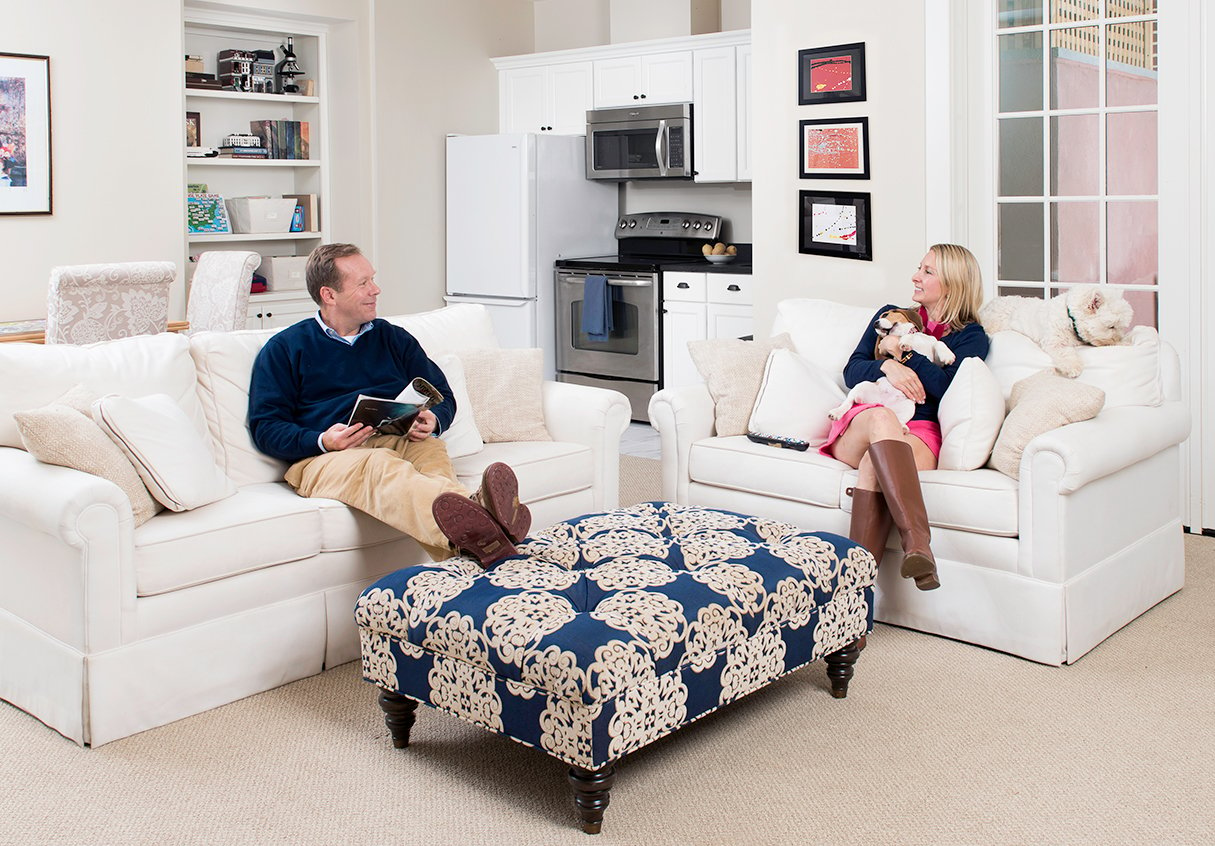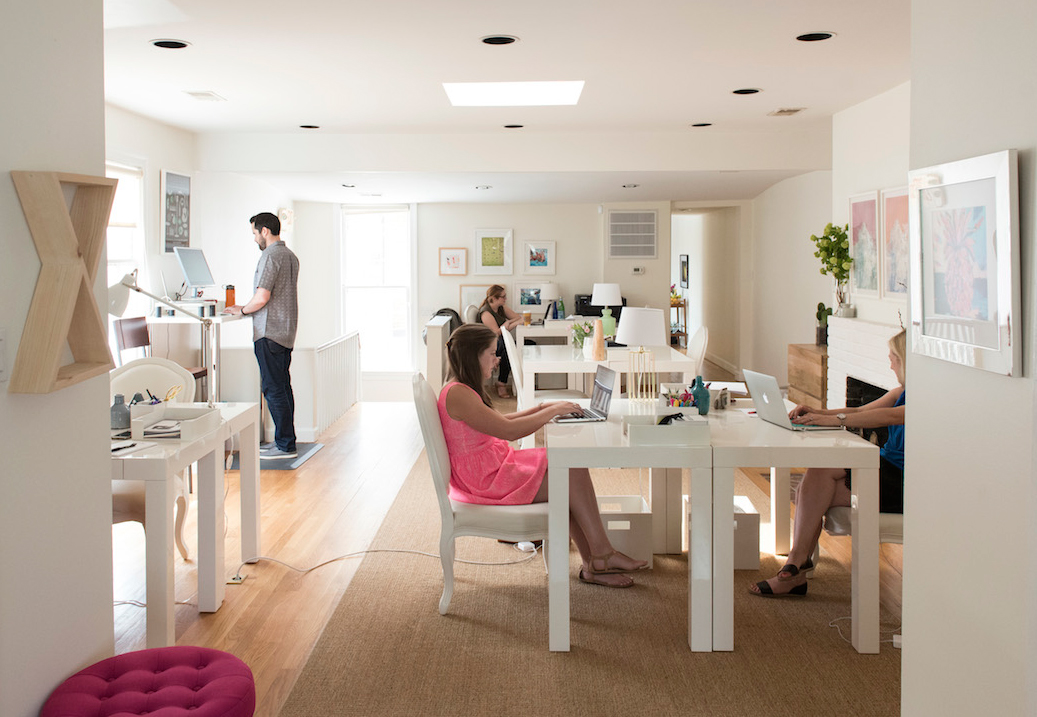Deborah and Paul Eckert doubled the square-footage of their Kensington house this year, adding a gym, two additional bedrooms, and a larger kitchen. But their motive wasn’t just a desire for more space: The couple and their three young children are planning for Deborah’s parents to move in.
With that in mind, the remodel also included adding a basement suite with its own kitchen; bedroom, living, and laundry rooms; and space to install an elevator in the future. All told, the Eckerts had to move out for ten months, but they say it was well worth it because of the long-term savings it will afford.
Deborah’s mother is a retired teacher in New Jersey, and her father will soon be one as well. “Like most retirees, they’ll be living on limited incomes,” she says. Rather than pitch in by helping them pay for an assisted-living facility, the Eckerts opted to upgrade their own house.
George Myers of GTM Architects, who designed the project, says most in-law-suite additions in Washington cost $100,000 to $250,000. By comparison—according to a 2015 Genworth Financial report cited frequently by industry experts—the median cost of one year of assisted living in DC is $94,050. That puts the District among the nation’s priciest places for such facilities, thanks largely to its expensive real estate and the fact that there are relatively few assisted-living facilities inside the city proper.
In Maryland, where the Eckerts live, the median annual cost of assisted living is $46,800, and in Virginia it’s $47,196—both slightly higher than the national average of $43,200. (Facilities in more rural parts of the states offset those in pricier markets close to DC.)
The Eckerts have decided their new space won’t only be for their parents—they hope to live out their retirement in the house, too. The couple is among the 73 percent of Americans over age 45 who want to stay put, according to AARP. This wasn’t such a popular option a generation ago, but as the cost of long-term care has risen, so has the desirability of “aging in place.” (Or at least in your son’s or daughter’s place.)
Maribeth Bersani, senior vice president of public policy at the Assisted Living Federation of America, says the industry’s three main expenses are labor, food, and utilities, and as those costs rise—due to broader changes such as an increasing minimum wage—so does the rent. However, while a home renovation might at first be ideal for families like the Eckerts, whose parents are in their sixties and healthy, it doesn’t always remain that way.
Most assisted-living residents are older (the average age is 85), and 50 percent have multiple chronic conditions such as diabetes, arthritis, or high blood pressure. Citing experience with her own aging parents, Bersani cautions that family members may not be equipped to handle more serious needs that crop up later. The Genworth study also highlights some of the difficulties of being a caregiver—for instance, 66 percent of family members reported that their at-home duties distracted from their day jobs.
A solution for some is hiring an in-home aide, which costs about $45,000 annually in the Washington area. The Eckerts say that could be a possibility in the future, but for now they’re just happy they won’t have to schlep the kids to New Jersey anymore for quality time with Grandma and Grandpa.
Editorial fellow Sarah Lindner can be reached at slindner@washingtonian.com.
This article appears in our November 2015 issue of Washingtonian.


















